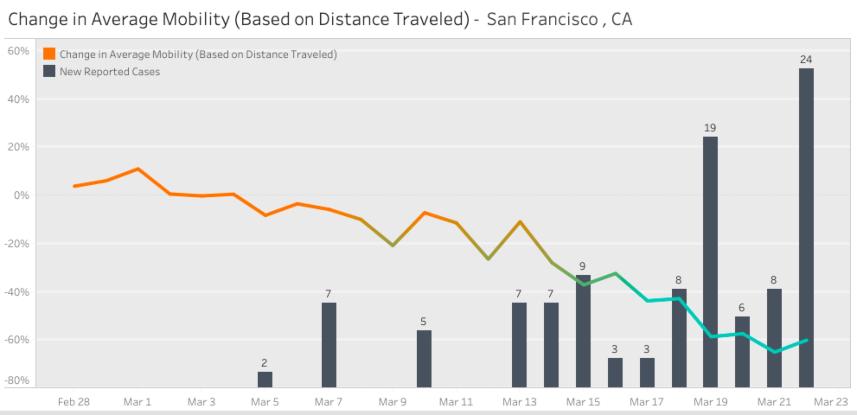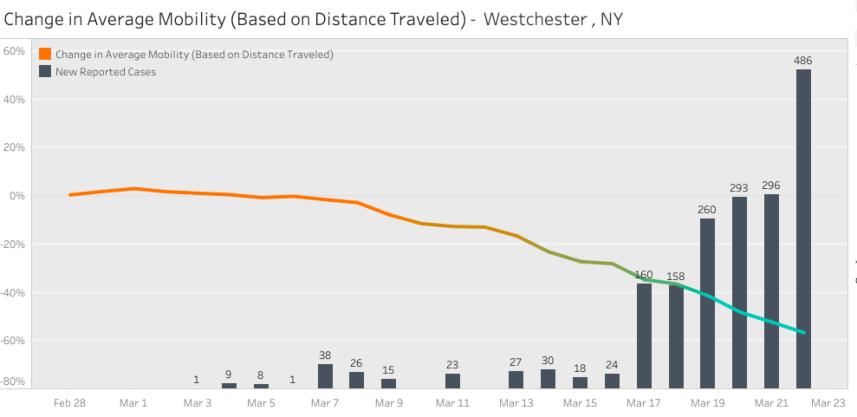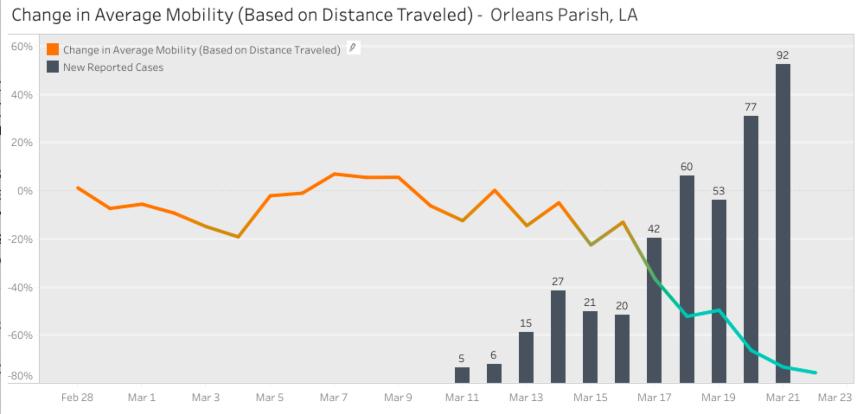What is social distancing and why are we doing it?
For viruses, you can picture their evolutionary story as a relay race in which the virus is the baton. It can’t move on its own; it has to be carried from one person to another. That’s why so many places are trying social distancing as a means of slowing the spread of the novel coronavirus.
Picture it this way. Say you’re infected with the virus, so you’re carrying the baton around. If you cough on someone, you might hand them the baton and they might then spread it to others. Or if you touch your face, then the handle of a grocery cart, the next person who touches that cart might pick up the baton and later pass it on to others. The more careful you are about coughing into your elbow, avoiding touching your face, and washing your hands, the less likely you are to hand the baton to the next runner.
But none of us can be that careful all the time, and crowded sports arenas, subway cars, and amusement parks make it almost impossible for any infected person to avoid handing off a baton—possibly to dozens of people at a time.
To make this less likely, most places in the U.S. and around the world have added a new layer of protection against any infected person handing off the baton. As of Thursday morning, officials in more than 30 states have announced some level of statewide stay-at-home orders. The hope is that if we can cut down dramatically on interactions between people, the relay race will be interrupted. The virus will find fewer and fewer people to maintain an unbroken chain of infection.
So, the claim is: the more we restrict our interactions with other people, the more slowly the virus will spread.
How will we know if it’s working?
Enter Unidata, a Norwegian company that uses cell phone geolocation data to track people’s movements. They've created the “Social Distancing Scoreboard” that generated the graphs above. They have adapted their system (which was originally designed to allow companies like Spotify find out what concerts their users attended) to figure out how much people are traveling since stay-at-home orders went into effect. By tracking the distance each person’s cell phone travels, they can estimate how much overall travel has declined. Their data is available right down to the county level.
NOTE: If you want to learn more about how this application works or if it makes you worry about privacy, I’d recommend this article that explains how the application was developed and how individual information is kept safe.
Each state and county is given a grade on the Social Distancing Scoreboard—an “A” means travel has dropped more than 40%. You can explore the scoreboard to look at your own state and county.
Now that’s plenty interesting on its own, but the company is also layering the number of COVID-19 cases that have been reported in each state and county. I would warn that these numbers are probably not particularly reliable right now in a lot of places—reporting systems and testing procedures are not yet standardized. But over time, this combination of data will tell us whether social distancing is actually helping to flatten the curve.
One last warning—Unidata probably didn’t anticipate how many people would be interested in its scoreboard and the site seems to be getting a lot of traffic. New graphs may load slowly and you may get kicked back to the starting page occasionally. But if you’re patient and check in every couple of days, you might be able to see how social distancing is working.





